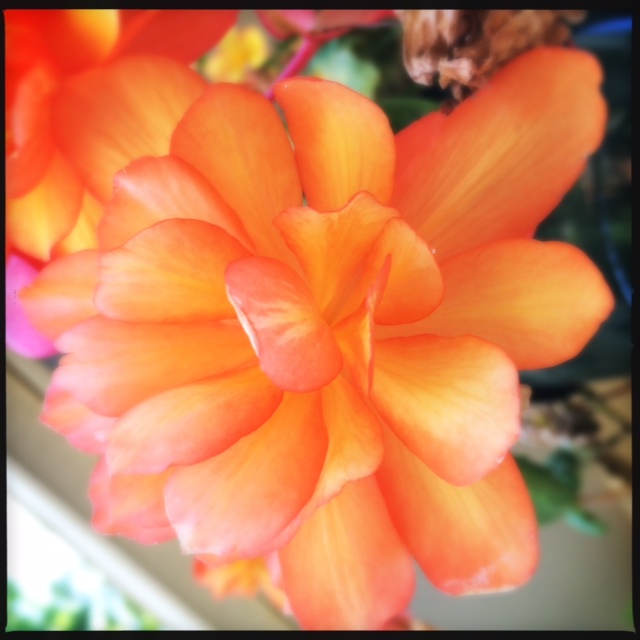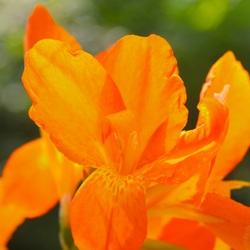Interview with Robert Atwan
Karen Babine
3.1
celebrating 30 years of BAE |
My primary motivation for starting the series was to call attention to the essay as a neglected literary form. I thought an annual volume could showcase the genre and help elevate its respectability. As I said its status had been compromised in academia where it was relegated to the composition department. I proceeded with that aim in mind, not any view of an intended audience. If I thought of one at all it was the so-called educated general reader who would be interested in all genres. I should add, however, that I did not at the time have those interested in journalism in mind because I found journalists somewhat hostile to essays. Your hard-boiled journalist at the time considered the essay as a form of “thumb-sucking” or “navel-gazing.” At least those were the terms some magazine editors used to me to describe writing they were not looking to publish. Click here to continue reading.
|
“Did I Miss a Key Point?”:
A Study of Repetition in Joan Didion’s Blue Nights
Jody Keisner
3.1
|
Readers of Blue Nights will have trouble locating even one page of text that does not repeat a phrase, sentence, bit of dialogue, an entire brief scene—or, as is frequently the case, all four of these structures. In the first two pages which also form the entirety of chapter one, for instance, Didion uses the phrase “blue nights” five times and “dying of the brightness” twice (3-4). The latter initially functions as a foreshadowing for the “illness” and “dwindling of the days” of Quintana, who died at age 39 after a series of prolonged illnesses and hospitalizations. The second appearance of “dying of the brightness” is evoked as a “warning” to the reader—what follows is not a happy story. How could it be? Didion is facing the last quarter of her life without her husband or child: two years before Quintana’s death Didion’s husband, the writer John Gregory Dunne, slumped over at the couple’s kitchen table, dead from a heart attack. Click here to continue reading.
|
In Praise of Slim Volumes: Big Book, Big Evil
Julija Šukys
3.1
|
The Alexandrian poet and scholar Callimachus is credited with the quip, “big book, big evil” (Mega biblion mega kakon). In truth, it’s not clear if Callimachus really said or wrote this phrase, though if he did, scholars believe he meant it as a critique of his pupil Apollonius’s overly wordy work. The ancient aphorism is funny in its hyperbole and probably shouldn’t be taken too seriously: we all know that long books can be great. In fact, between slashing thousands of words from my manuscript, in my downtime and in the evenings, I hunkered down with Rosemary Sullivan’s hefty brick called Stalin’s Daughter. The point of “big book, big evil” is to remind us that Alexandrian poets valued elegance, concision, high polish, learning, and sophistication in their texts..Click here to continue reading.
|
The Great American Potluck Party
Lynn Z. Bloom
3.1
celebrating 30 years of BAE |
Thus December 2015 was a propitious time for the Essay Daily—Not Really So Daily, a “space for conversation about essays & essayists, contemporary and not,” to devote its blog posts to commentary on each volume of the BAE series,“the longest-running and highest-profile filter for essays that aspire to art in the last century,” explains editor Ander Monson (ED 11/29/15). Monson invited the contributors, “a mixture of previous Essay Daily contributors, emerging essayists we wanted to collaborate with for the first time, and essayists who heard about the project and decided to volunteer.” Atwan, gracious host, provided the big round table for this repast, covered with a snowy white cloth—a tabula rasa for the feast that follows. It is these meta-commentaries, the dishes that each contributor brought to the potluck, on which my analysis here—the meta-meta commentary, if you will—will focus. Click here to continue reading.
|
The Best American Essays Series as (Partial) Essay History
Jenny Spinner
3.1
celebrating 30 years of BAE |
The Best American Essays series, by its very existence, is both recording and writing a chapter in the long history of the essay—not only for current scholars and practitioners but also for future scholars who may one day comb the pages of the series looking for essay gems or for clues to the essayists and the form as practiced in the late twentieth and early twenty-first centuries. The series’ very name, its use of essay, bolsters those of us today who still love that word and will someday remind scholars that not everyone had abandoned essay for creative nonfiction, the umbrella term that began proliferating the nonfiction world at the turn of the twenty-first century. As a scholar of women essayists, I have spent much of my professional life searching for now-forgotten women essayists in the pages of out-of-print essay annuals and anthologies. It’s such collections, particularly those geared for the university classroom, that provide essays and essayists with some degree of immortality. Click here to continue reading.
|





